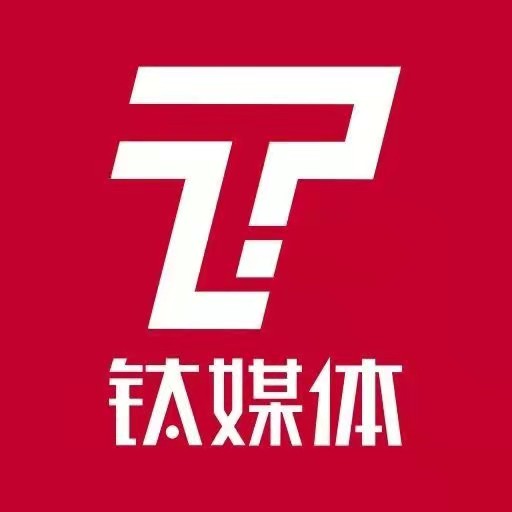
AsianFin -- At the 2025 Global New Energy Vehicle Cooperation and Development Forum in Shanghai, industry leaders sounded the alarm: China ’ s soaring auto exports are outpacing the financial support systems critical to sustaining global competitiveness.
China ’ s automobile exports reached 6.4 million units in 2024 and are projected to hit 10 million by 2030, while auto parts exports already exceed $93 billion, with potential to reach $120 billion. Yet, as Zhang Yongwei, Vice Chairman of China EV100, highlighted, this rapid growth exposes a glaring weakness — inadequate financial infrastructure to underpin overseas expansion.
Historically, global automotive giants have thrived through robust international finance networks. Sun Xiaohong, Secretary-General of the Automotive Internationalization Committee, stressed that "financial support runs through every stage of automakers ’ development" — from consumer credit and dealer inventory financing to supply chain management. Mature systems like captive finance arms in the U.S. and bank consortium models in Japan and Korea tailor credit and insurance to complex industry needs, strengthening global footholds.
By contrast, Chinese automakers face "conservative" regulatory stances limiting overseas automotive finance. Lou Jia, automotive analyst at BOC International, explained that overseas markets demand a rebuilt financial ecosystem adapted to local realities, while Chinese banks ’ limited foreign branch networks and risk models lead to high financing costs — squeezing margins and competitiveness.
Compounding this, the rapid innovation pace in new energy vehicles ( NEVs ) clashes with traditional financial product design. Questions over financing models for battery-vehicle separation and charging infrastructure remain unresolved. Insurance risks escalate amid fast-evolving battery technologies and integrated chassis designs, with foreign insurers reluctant to underwrite beyond initial coverage periods.
Cross-border fund flows add another layer of complexity. Liu Bingguo of Shanghai Linke Xincheng Technology recounted hurdles in markets like Iran and Russia, where sanctions and payment delays hinder operations. Limited support from Chinese banks and volatile bulk trade financing compound the risks.
In response, national policy finance has stepped in. In 2024, Sinosure insured $17.5 billion in NEV exports, up 45% year-over-year, offering export credit insurance protecting exporters against political and commercial payment risks. Overseas investment insurance also covered $72 billion, including indirect expropriation risks such as discriminatory taxation, with claims in Eastern Europe and Africa.
Commercial banks are innovating as well. Industrial Bank ’ s NRA account cross-border supply chain financing eases overseas subsidiaries ’ procurement and parent company cash flow, optimizing capital use.
Experts urge establishment of localized automotive finance companies abroad, citing examples like SAIC-GM-Wuling ’ s Indonesia finance unit and XCMG ’ s banking license in Brazil. Dedicated export support funds and streamlined financing approval systems are proposed to empower leading players and projects.
Beyond capital deployment, integration remains critical. Chang Jing, Deputy GM of CICC, noted Chinese automakers operate as isolated overseas players, lacking the comprehensive platform approach Japanese trading companies provide — investing in infrastructure, logistics, compliance, and full-service ecosystems from leasing to used car sales.
Chinese industry insiders see parallels to Japan ’ s automotive global evolution in the 1980s – 90s, when trade frictions spurred a shift from export-led growth to localized global production exceeding 20 million units by 2018.
The key takeaway: export volume alone won ’ t sustain global leadership. Success demands embedding deeply in the value chain through coordinated finance, brand-building, production, services, data, and policy cooperation.
From merely "selling cars abroad" to "planting systemic roots," finance is just the starting point. Only by closing the loop across capabilities can Chinese automakers seize the global stage in the new era of automotive globalization.
